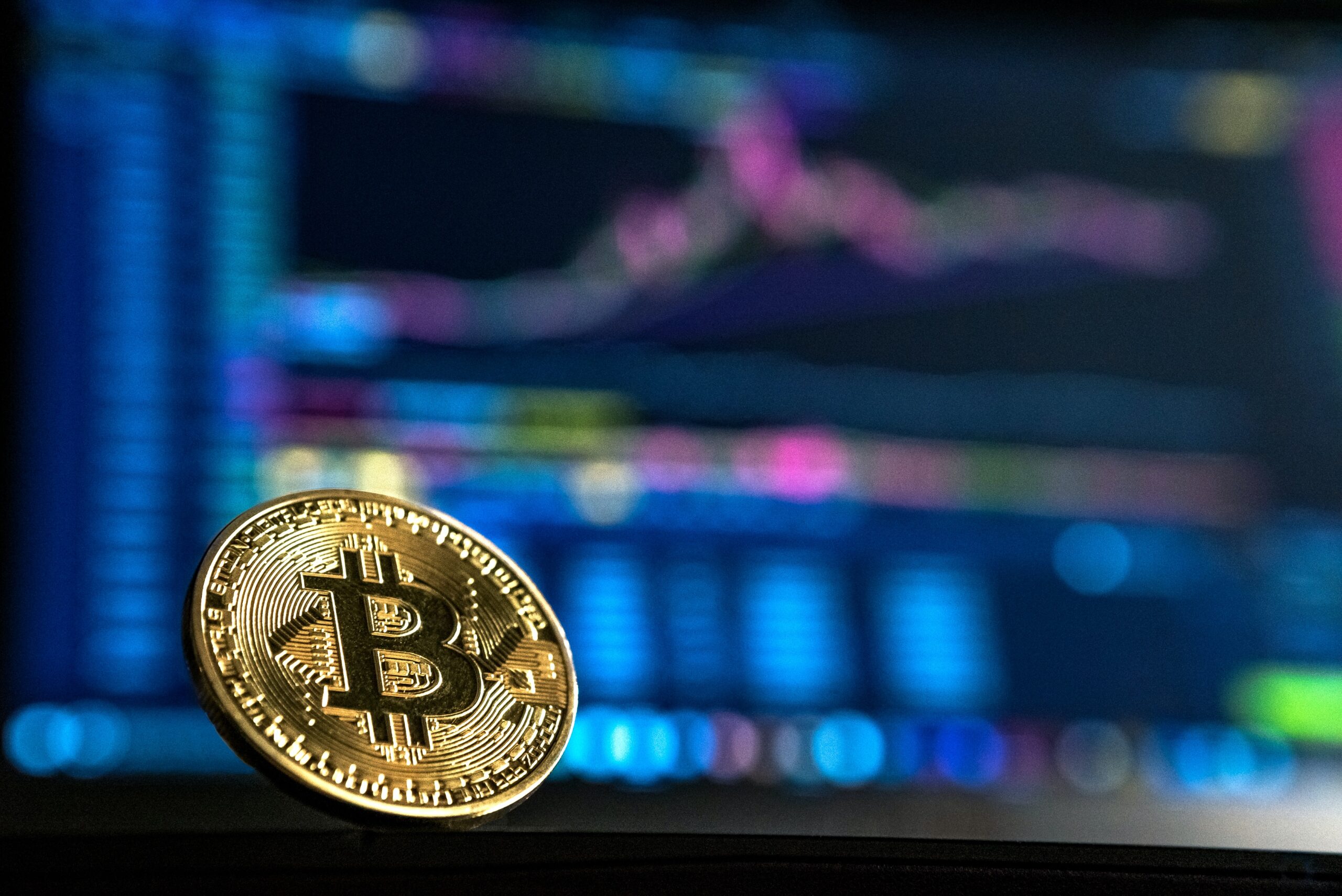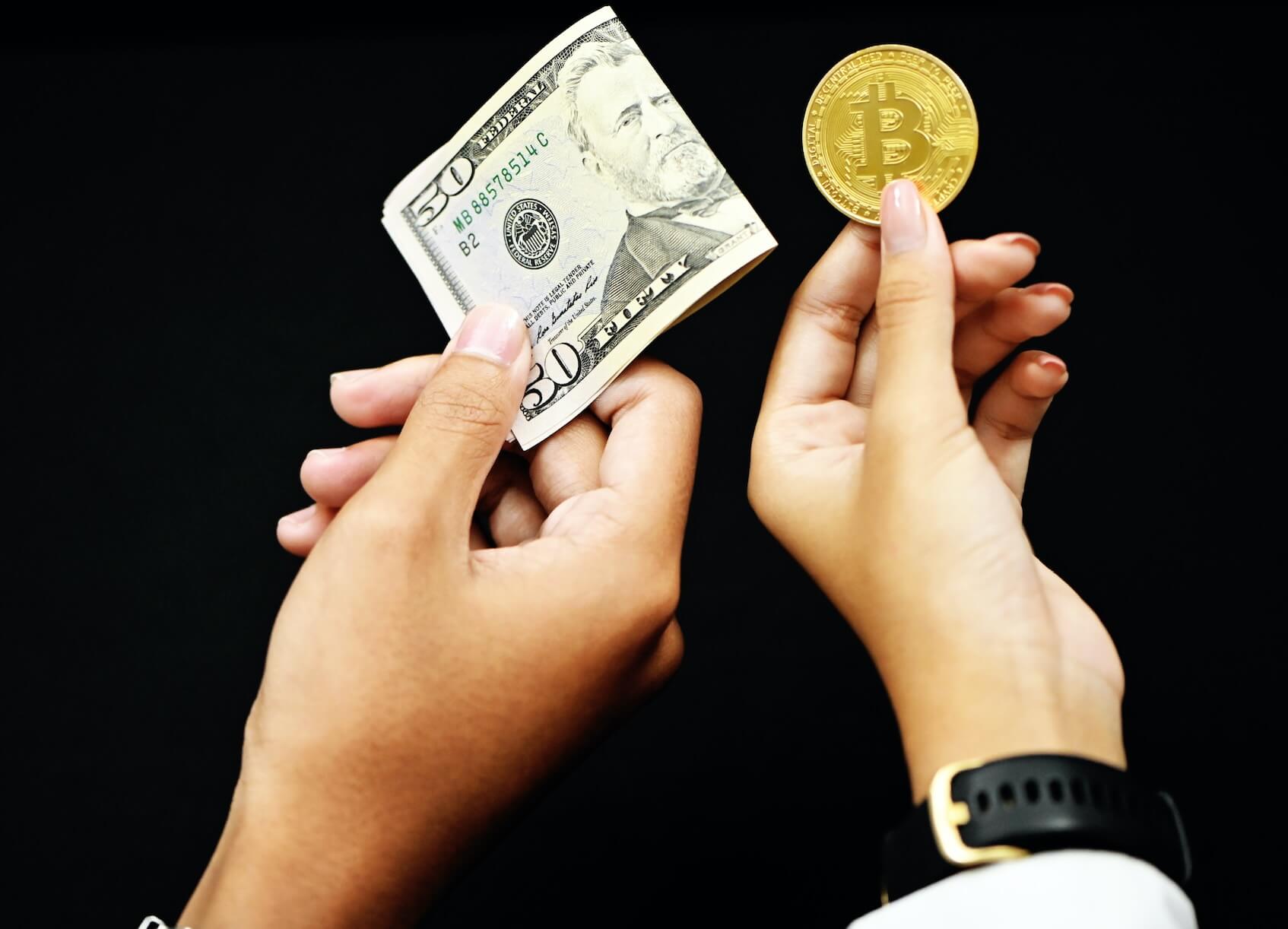In the ever-evolving landscape of blockchain technology, where innovation seems boundless, a significant paradigm shift is underway. The tokenization of real-world assets on the blockchain is emerging as a groundbreaking trend that holds immense potential to reshape various industries. This article delves into the concept of tokenization, its implications, and the transformative role it plays in merging traditional assets with the digital realm. If you are starting to invest in crypto, you may consider knowing about Affecting Ethereum’s Fee Market.
Source: Unsplash+
Table of Contents
Understanding Tokenization: Bridging Real and Digital
Tokenization is a fundamental process involving the conversion of tangible assets from the physical world, such as real estate, art, commodities, and intellectual property, into digital tokens. These tokens are subsequently stored and exchanged using a technology called blockchain. Blockchain, renowned for its association with cryptocurrencies like Bitcoin, is a decentralized and transparent digital ledger. It functions by securely recording transactions in an unchangeable manner, thereby guaranteeing the credibility and traceable history of each individual token.
The Mechanics Behind Tokenization
Tokenization involves the creation of unique digital tokens that represent ownership or entitlement to a specific portion of an asset. These tokens are then linked to the underlying asset, often with a value equivalency. For instance, a piece of real estate can be divided into multiple tokens, each representing a fractional ownership stake.
Benefits and Opportunities
The tokenization of real-world assets unlocks a plethora of benefits, contributing to increased liquidity, accessibility, and efficiency in traditional markets. Here’s a closer look at some key advantages:
Liquidity Enhancement
Traditionally illiquid assets, such as real estate or fine art, can be divided into smaller, tradeable tokens. This fractional ownership model facilitates easier buying and selling, enabling a broader range of investors to participate.
Global Accessibility
Tokenization democratizes access to investment opportunities. Investors from around the world can purchase fractions of high-value assets, which were once limited to a select few due to high entry barriers.
Smart Contracts and Automation
Smart contracts, self-executing agreements with predefined rules, can be integrated into tokenized assets. This automation streamlines processes such as rental income distribution and ensures adherence to terms and conditions.
Reduced Intermediaries and Costs
Tokenization reduces the need for intermediaries like brokers and custodians, resulting in cost savings. Additionally, blockchain’s transparency minimizes the risk of fraudulent activities.
Tokenization on the Bitcoin Blockchain
While Ethereum is commonly associated with tokenization due to its robust smart contract capabilities, the Bitcoin blockchain is also entering the tokenization arena. Bitcoin’s robust security, widespread adoption, and brand recognition make it an attractive choice for tokenizing real-world assets.
Overcoming Challenges and Regulatory Landscape
As with any disruptive innovation, tokenization faces its share of challenges. Regulatory compliance, legal frameworks, and investor protection are critical aspects that need to be addressed to ensure a secure and transparent ecosystem.
Real-World Applications and Case Studies
The concept of tokenization is already gaining traction across various industries. Let’s explore a few noteworthy applications:
Real Estate
Tokenized real estate allows investors to buy and trade fractions of properties, opening doors to a diverse range of investors. This model not only enhances liquidity but also reduces the complexities associated with property transactions.
Art and Collectibles
Tokenization democratizes art ownership, enabling art enthusiasts to invest in high-value pieces. The tokenized art market provides a new level of transparency and provenance verification, mitigating the risk of art forgery.
Commodities and Resources
Tokenizing commodities like precious metals or agricultural products streamlines trading and ensures that ownership and provenance are easily traceable. This fosters efficiency in supply chain management.
The Future Landscape and Beyond
The tokenization of real-world assets on the Bitcoin blockchain is a testament to the boundless possibilities that blockchain technology offers. As the regulatory landscape matures and innovative solutions emerge, we can expect an even greater convergence of traditional and digital assets.
Conclusion
In conclusion, the integration of real-world assets into the digital realm through tokenization is a trend that holds the potential to reshape industries and redefine investment paradigms. The Bitcoin blockchain’s involvement adds an extra layer of credibility and security, propelling the adoption of this transformative concept. As we stand on the cusp of this new era, it is evident that tokenization is more than a technological evolution; it is a gateway to a more inclusive and efficient global financial ecosystem.
The post Tokenization of Real-World Assets on the Bitcoin Blockchain appeared first on Top Entrepreneurs Podcast | Enterprise Podcast Network.




Leave a Reply